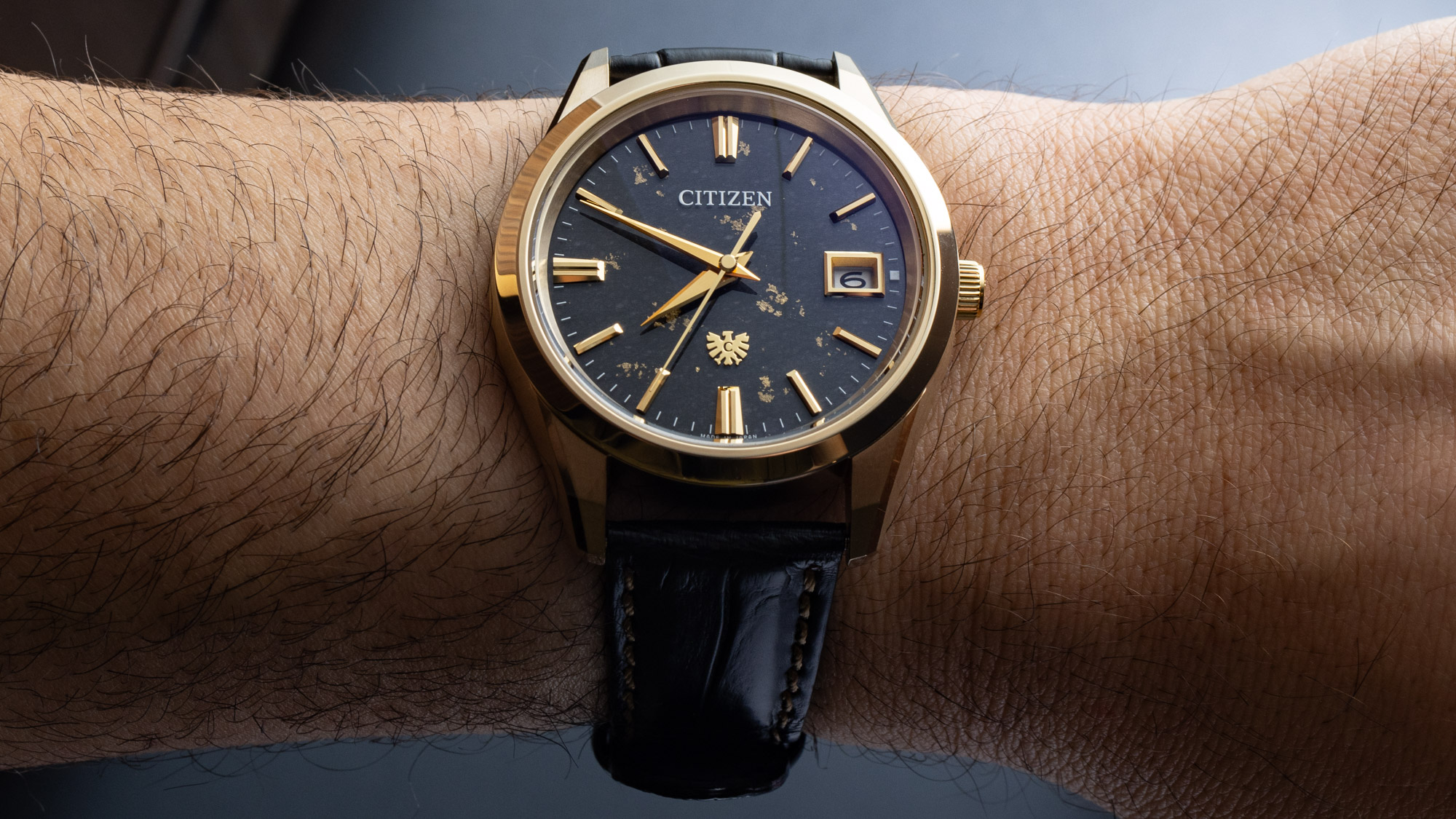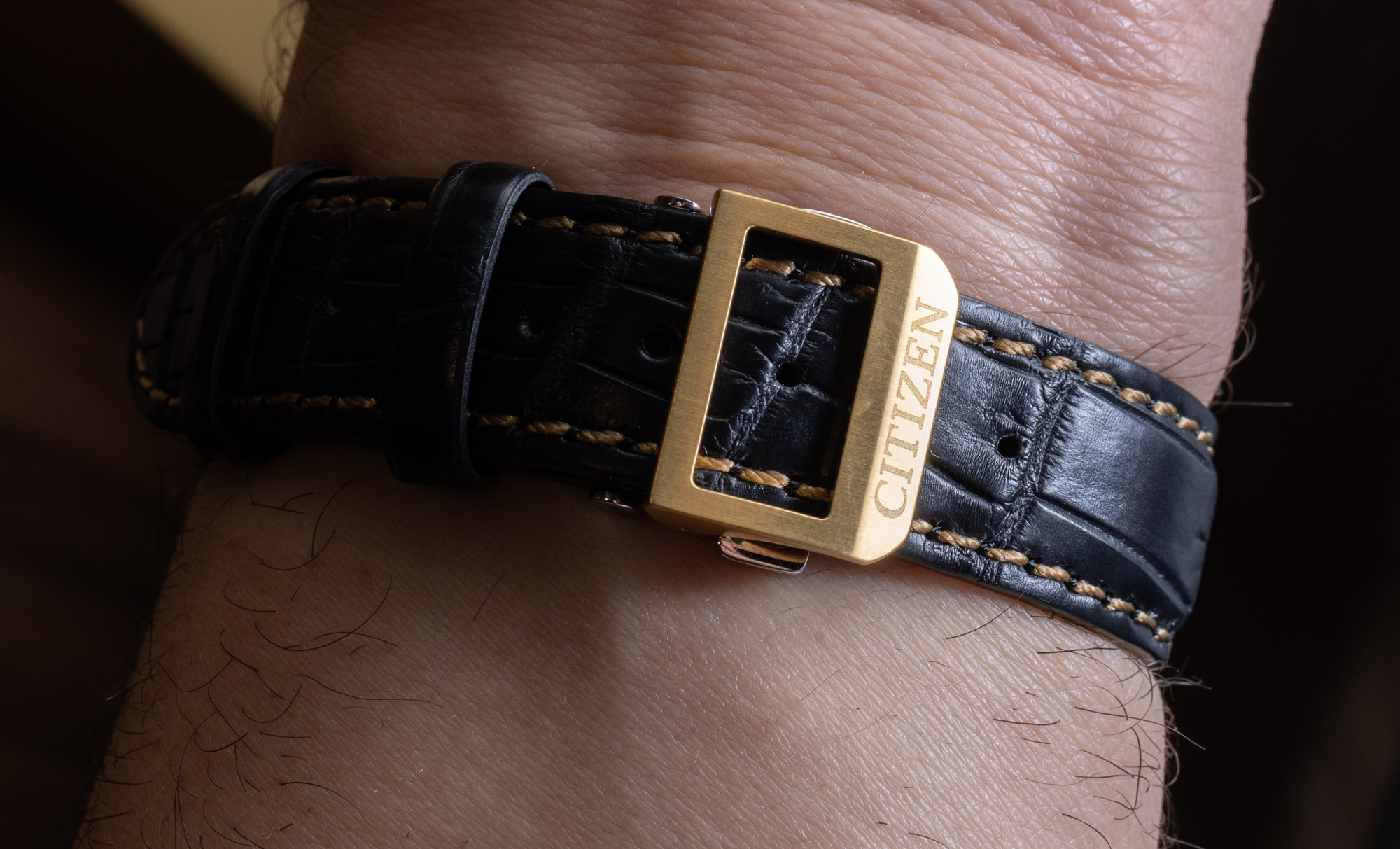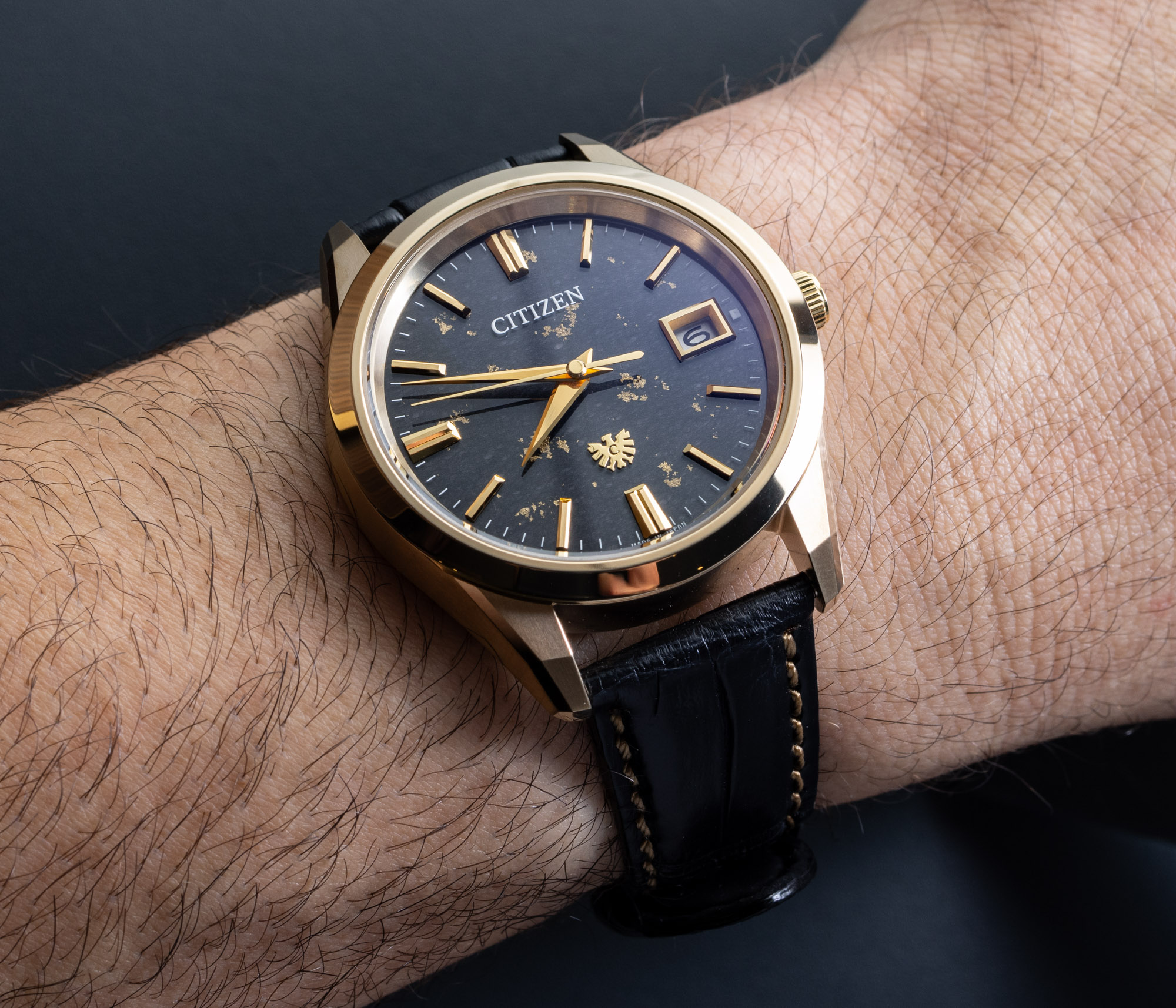
In its own way, Japan’s Citizen wants to capture some of the magnetic attraction the West currently has for high-end Japanese watches. Historically, it has been a challenge to get mainstream consumers outside Asia interested in luxury Japanese watches. Few luxury goods from Japan were marketed in the West – a frontier where pioneering brands like Lexus needed huge resources to develop. When it came to watches, even though Japan’s major brands had long-made luxury watches for domestic consumption in Japan, selling them in any bulk away from home was rarely successful. Until recently, that is. Citizen’s rival Seiko found success in bringing its Grand Seiko watches to a global audience, a mission that continues to take lots of effort and resources. That said, it looks like all three major Japanese watchmaking firms (Casio, Seiko, and Citizen) have collectively decided to decrease the volume of regional luxury watches and increase their focus on luxury models that can do well globally — namely, in the U.S. American consumers are on Japan’s mind because, today and historically, the U.S. has been the most important market for its goods. Japan sells more watches in the U.S. than in Japan, even though Japan is among the top five markets for watches in the world. Now, Citizen has made the decision to go more global (again) with its higher-end watches, which, for the first time, will be more well-rounded in their designs for appeal in a larger variety of markets. One that still hearkens back to Japan and traditional local craft is this reference AQ103-16E version of Citizen’s “The Citizen” collection.
Fancier Citizen watches like this and other “The Citizen” timepieces can be found in person at the new Citizen Group store located in New York City on 5th Avenue. Let me first say that, while I really like this product, I do feel that “The Citizen” as a name for a collection from a brand called “Citizen” is unfortunately confusing. More so, there aren’t even sub-names aside from the different reference numbers to distinguish the various models. You could call this “The Citizen Washi Paper Dial,” but even that isn’t clear because you’d need to say something more awkward like “The Citizen The Citizen Washi Paper Dial” for it to be specific enough. Also, you know it is a higher-end “The Citizen” watch because of the little Citizen “C” eagle emblem on the dial.
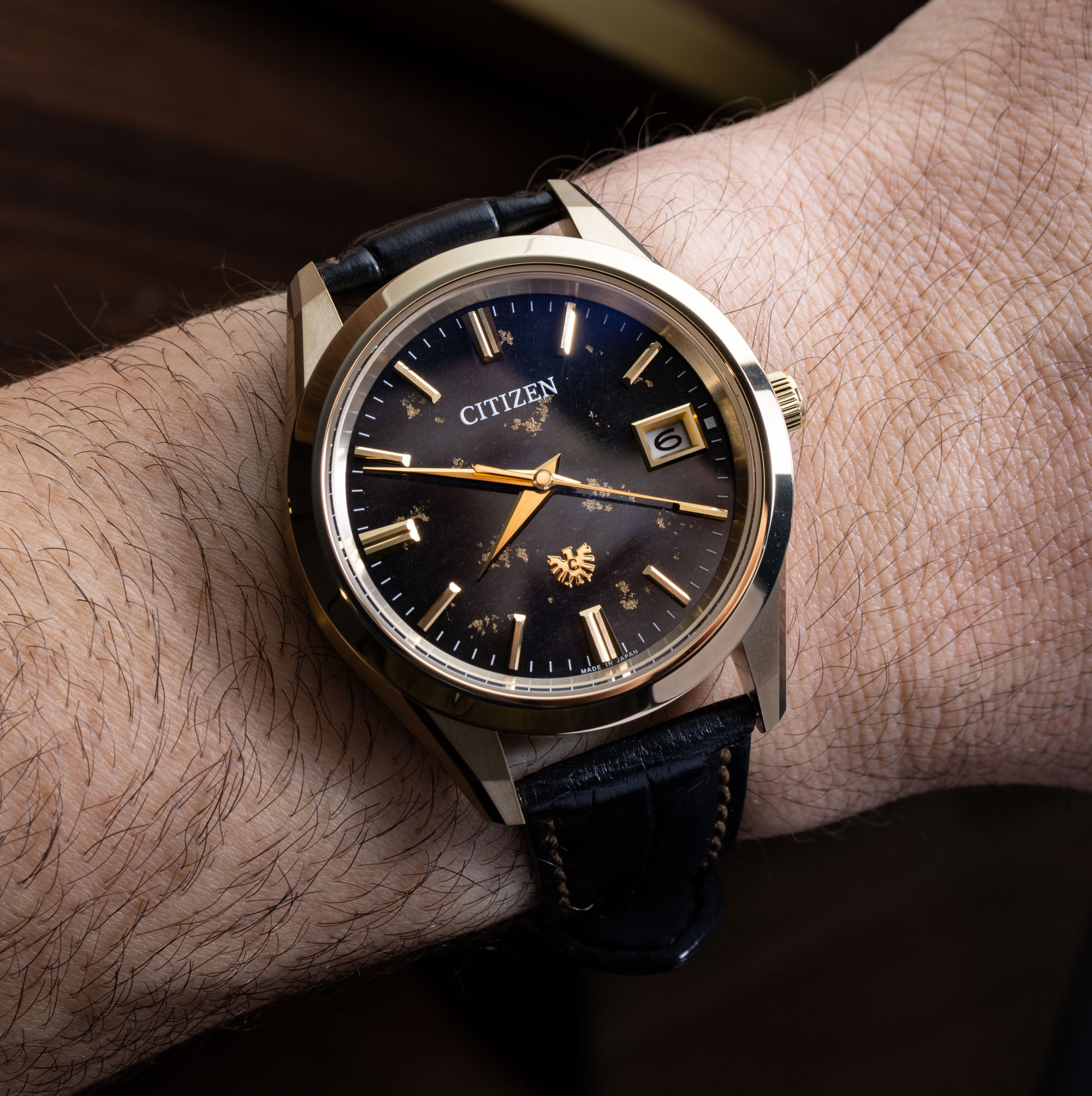
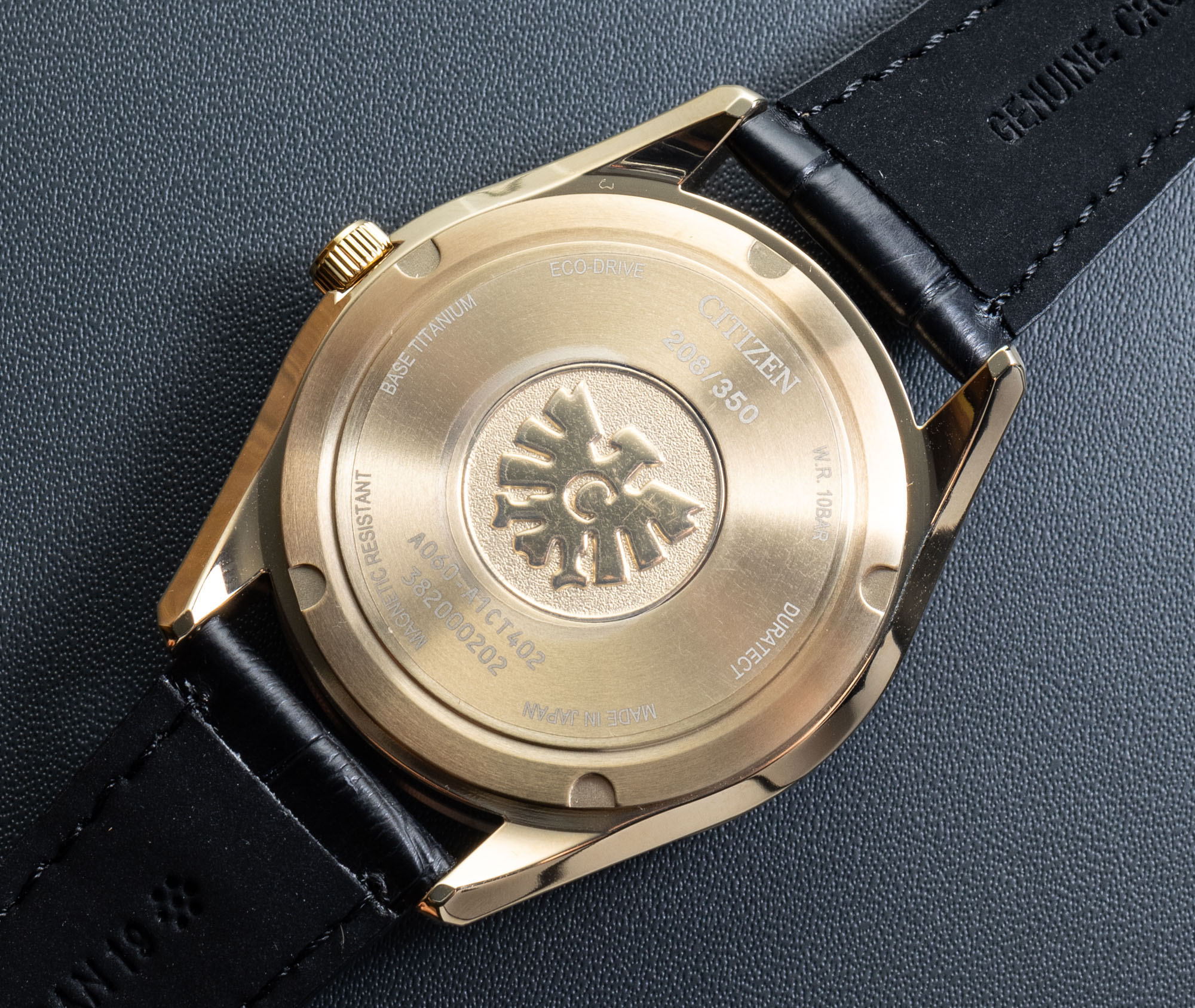
At a glance, it might be possible to say that this high-end Citizen has high-end Seiko vibes. That is true, but the reality is that both Citizen and Seiko’s dress watch dials have looked similar for decades and represent a Japanese cultural aesthetic in wristwatch design. By that, I mean the particular style of applied metal hour markers and matching sharp dauphine-style hands, along with the case profile. As of now, Citizen’s high-end watches have similarities to Seiko, but also a lot of differences. They are also currently more value-priced and, in many instances, have more complicated quartz movements. Citizen also produces mechanical movements, but right now, its most impressive technology is its extremely sophisticated and class-leading quartz calibers.
The movement inside the Citizen “The Citizen” (see how silly that looks) reference AQ4103-16E is the Citzen caliber A060. This movement looks simple from the outside but is packed with features. First, this is an Eco-Drive movement, which means that it is powered by a photovoltaic cell under the semi-transparent dial. The movement is also highly accurate, precise to plus or minus five seconds per year. (Most quartz movements are accurate to plus or minus 15-20 seconds per month.) Next, even though the dial only indicates the date, this movement has a full perpetual calendar system. That means the date will automatically adjust to the correct date because, internally, the mechanism is keeping track of the month and leap year designation. It is also worth mentioning that because the movement is accurate, you can adjust the time by only moving the hours (for when you are traveling) so that you don’t mess up an otherwise precise indication of the current time. Other features include a system that detects shock and the alignment of the hands and can realign them to their precise positions if necessary. There is also an inset pusher on the side of the case. This does a few tasks, but when pressed normally, it activates a power reserve indicator function displayed by the seconds hand that temporarily repositions itself. Most Citizen fans outside Japan are not accustomed to this level of technology inside the company’s simple-looking dress watches, and it doesn’t help that there are few outward indicators on the dial or case that there is something special happening inside this timepiece. But now you know.
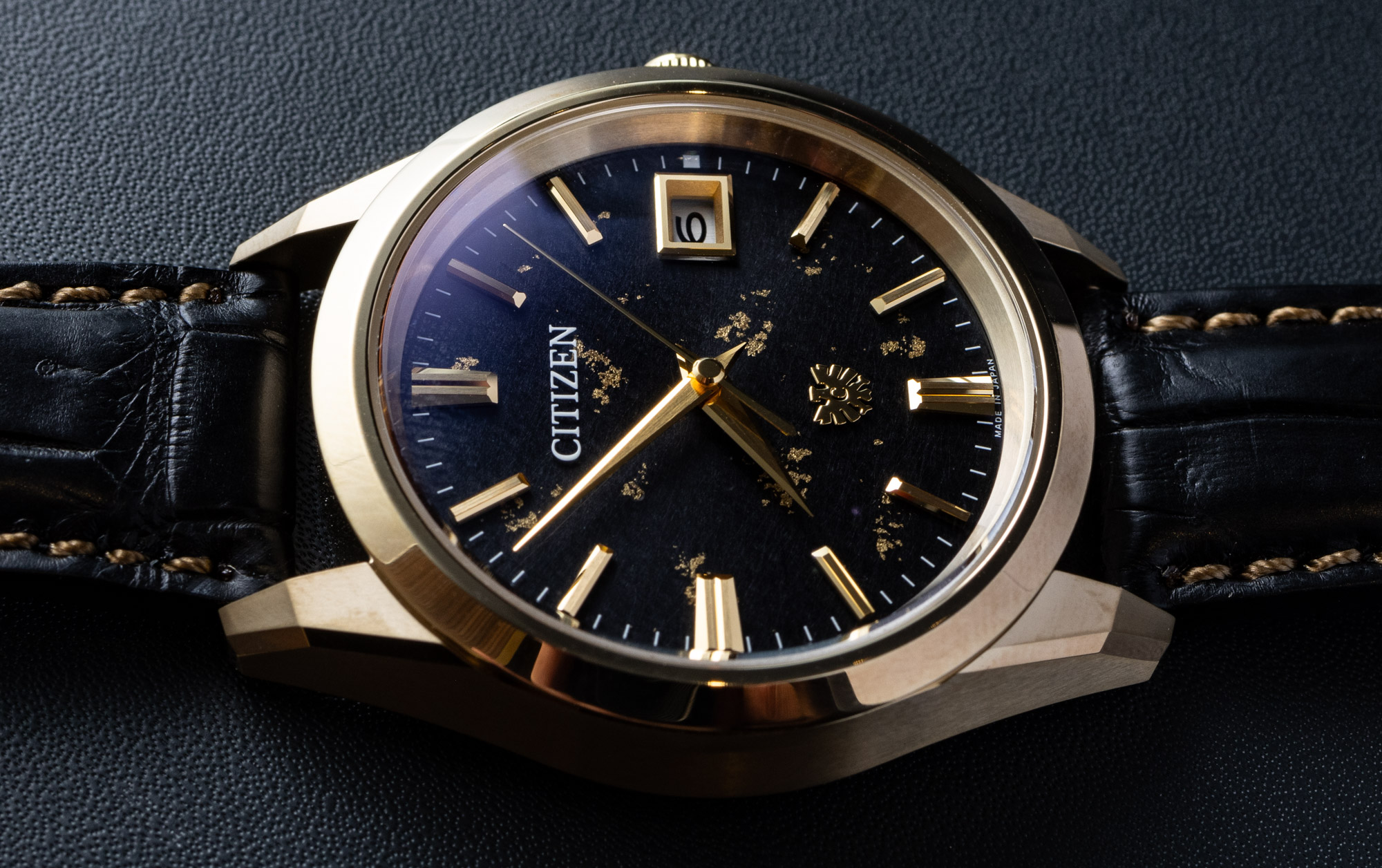
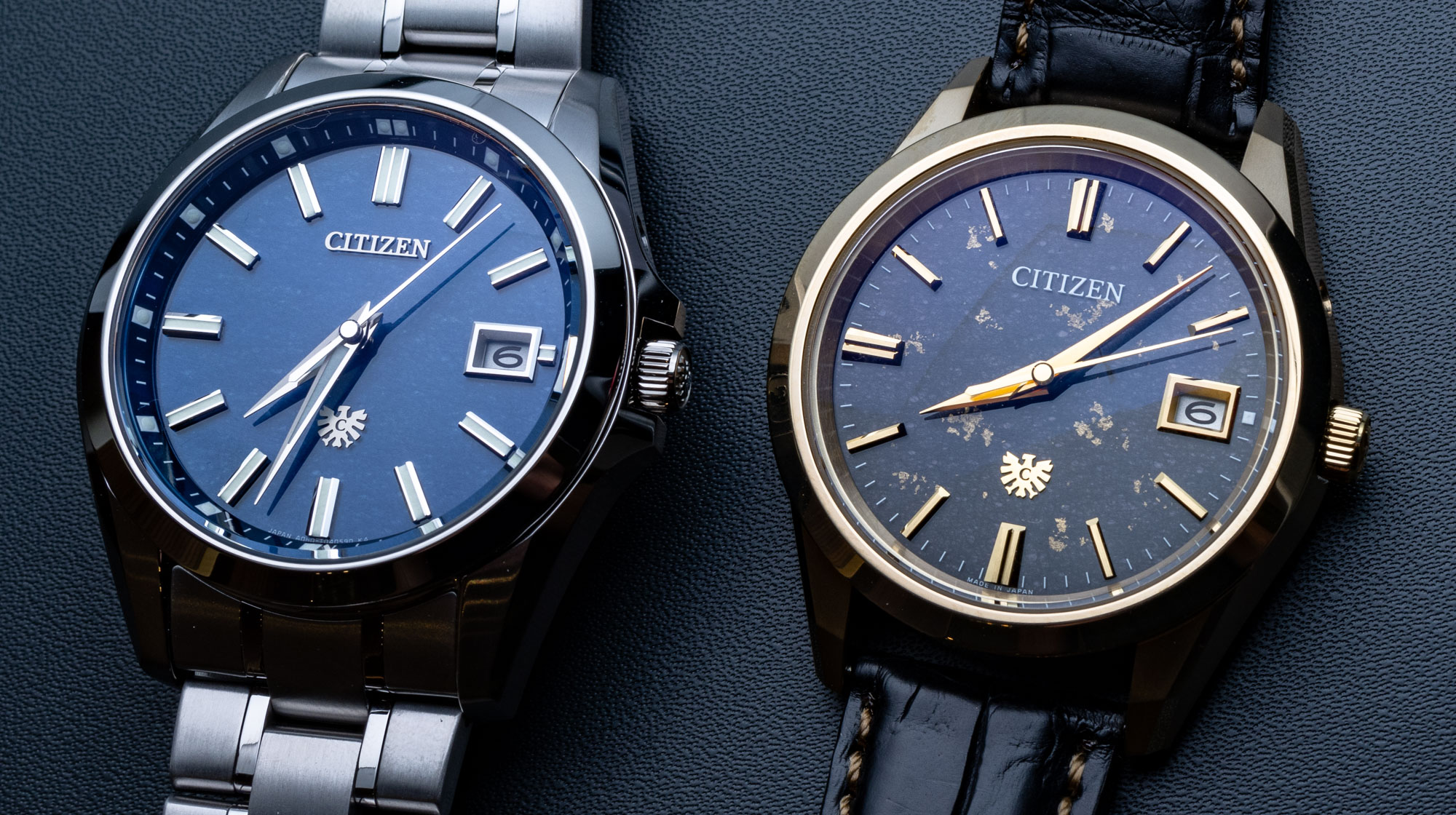
With its artistic dial and crocodile strap, this version of Citizen’s “The Citizen” has a slightly different look than its cousin models that are mainly paired with metal bracelets and have solid-color dials. The dial is interesting because it not only uses a traditional Japanese technique, but one that allows light to pass through it. Otherwise, the Eco-Drive technology would not work. The technique uses black-colored washi paper that has been decorated with little bits of gold foil. Citizen calls this Tosa washi, and it uses a gold leaf application technique called Sunago-maki. These elegant and organic paper dials really are the epitome of Japanese taste and sensibility, making for a truly appropriate way to augment “The Citizen” collection with a special model designed to evoke a sense of cultural pride. Accordingly, this watch is being produced as a limited edition.
The Citizen “The Citizen” case is 38.3mm wide and water-resistant to 100 meters with a screw-down crown. Over the dial is an AR-coated sapphire crystal. While the watch looks gold, it is actually titanium. The titanium case is given Citizen’s Super Titanium treatment, over which is the gold-color application via a Duratect Gold treatment. In addition to adding shine and color, this latter treatment creates a very scratch-resistant surface (Citizen claims between 1,100 – 1,500 Vickers of surface strength). So, while you might wear out the strap, the case of this “The Citizen” watch should more or less look the same as long as you own it.
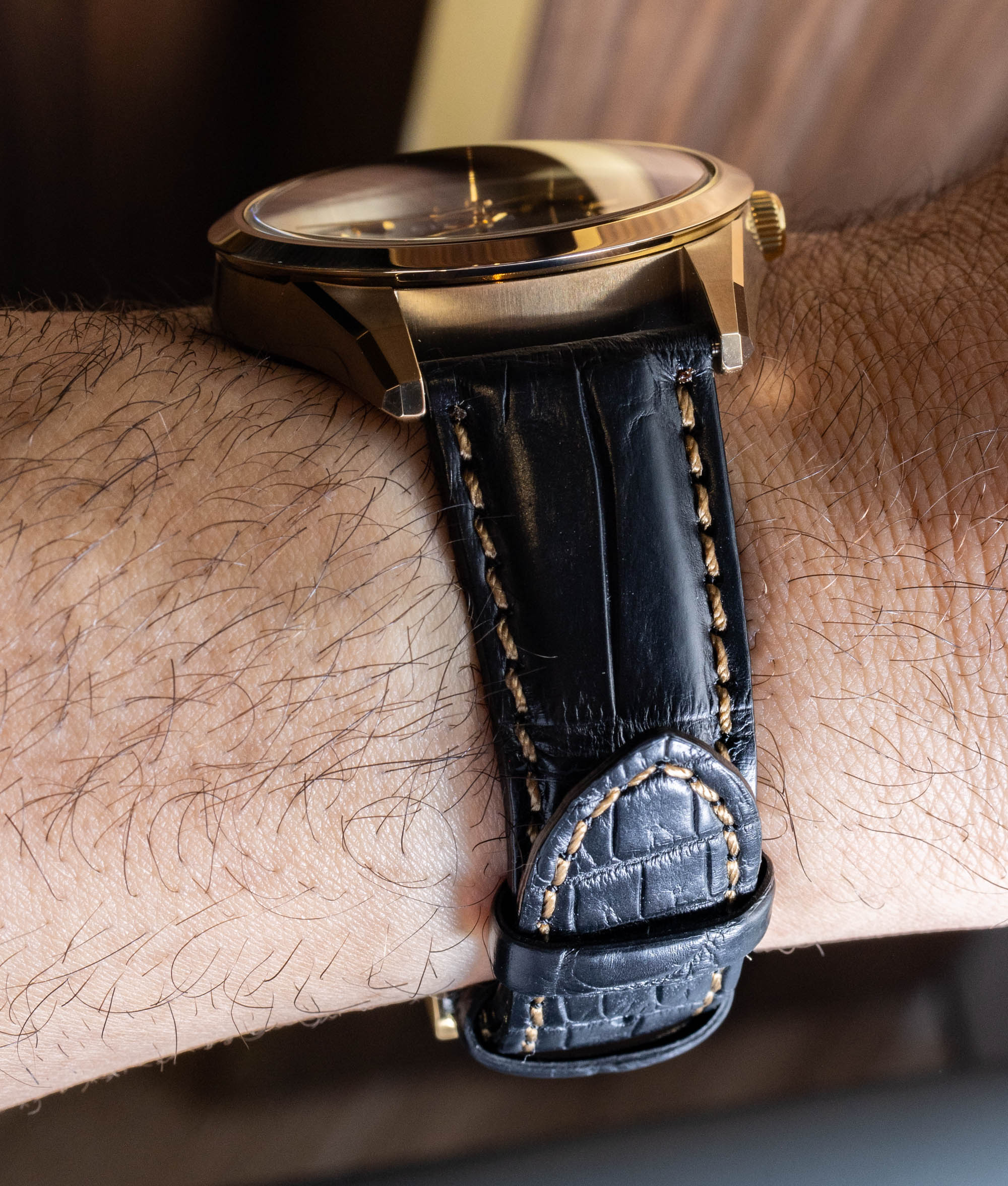
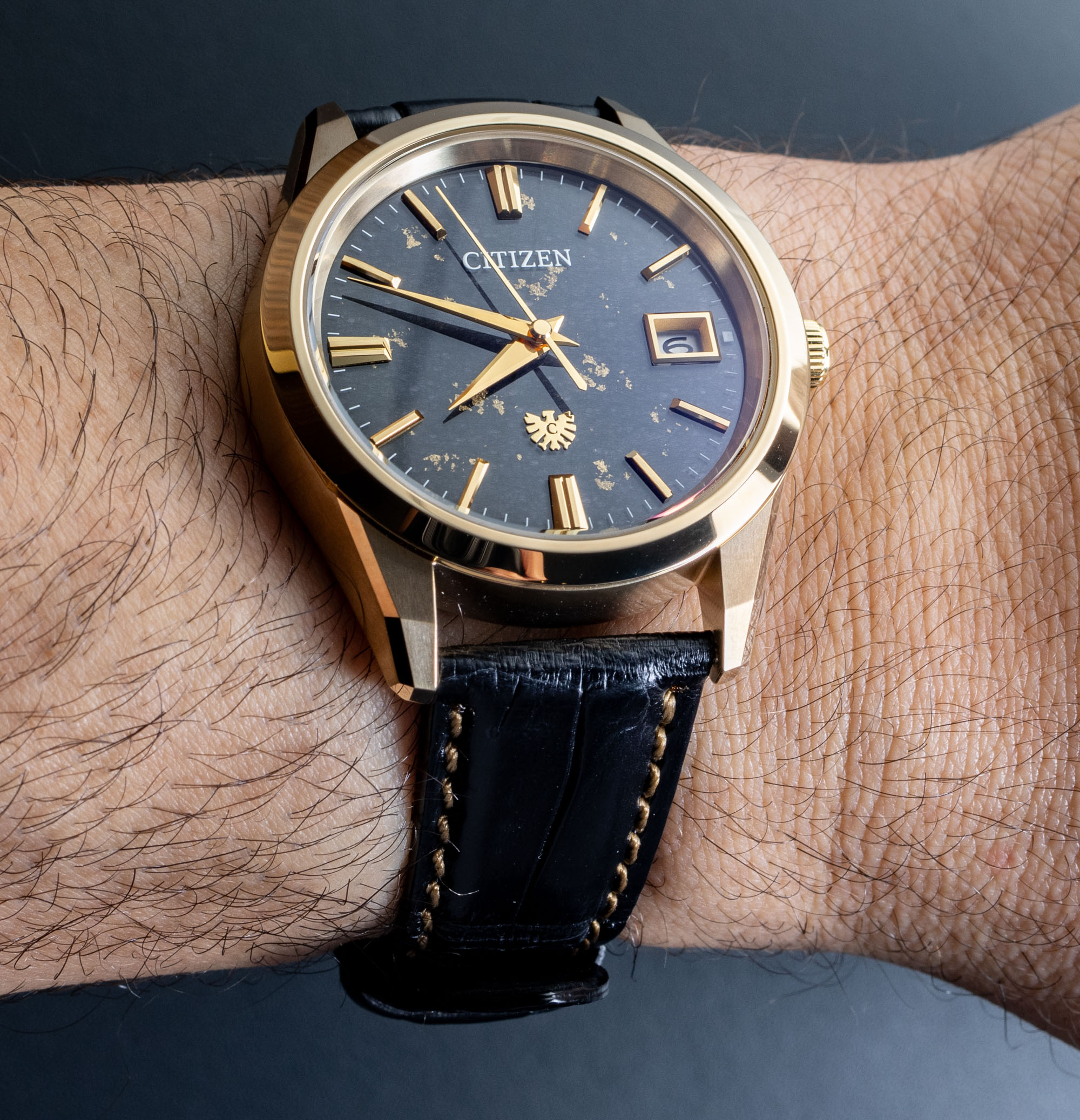
The limited-edition Tosa washi paper with gold leaf decor dial of this particular version of Citizen’s “The Citizen” watch might not appeal to everyone; other versions of “The Citizen” are much more mainstream in style, and I will probably be taking a good look at more of them soon.
Collectors should be excited about these for several reasons. First, the demand (and availability) of these watches is still pretty low. That means it is possible to “get in on something new” before the crowds get their hands all over them and you no longer look as cool. More importantly, while these “The Citizen” watches aren’t cheap, they represent excellent value when compared to a lot of the alternatives. Price for the limited edition of 350 pieces Citizen “The Citizen” AQ4103-16E watch is $3,800 USD. Learn more at the Citizen watches website.

